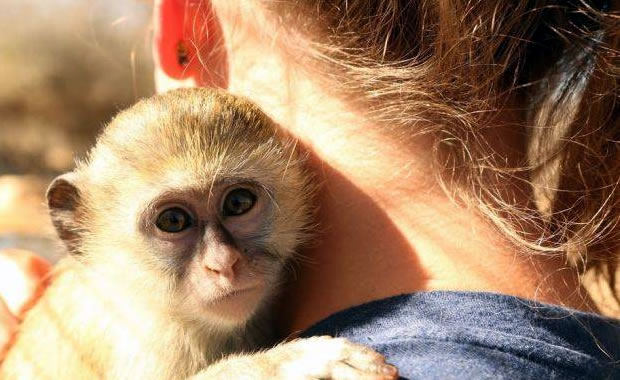
Creature Profile
Saigas are antelopes that were once found from the western Europe, across the Eurasian continent and into Alaska. Their numbers were once in the millions only two decades ago. But today only less than 50,000 remain. This creature is very unusual in appearance because of it huge, inflatable, and humped nose which looks very similar to the nose of the tapir. Its very large nose makes the head look unusually large and bulging. Saigas are short with round bodies, thin legs, and a short tail. The average length is about 3.8 to 4.8 feet and the average height is about 2.5 feet. They can weigh up to 112 lbs. They are very good runners and can reach up to 80 miles per hour in a short time. During migration, they can swim across rivers. Their coats are thick with bristly hair to protect them from the cold environment. During the warmer season, their coats get shorter and lighter in color.
Saigas are found in semi-desert steppes and grasslands where they prefer open areas free from dense vegetation. They require plenty of space to escape predators such as wolves and human poachers. They are a migratory species, migrating in the summer and winter and in very large groups. When they are not traveling, they break up into smaller groups to breed or graze on a variety of grasses, herbs, and shrubs. Their large noses help them to filter out airborne dust during the dry summer migrations, and also in the winter to filter out cold air before it reaches their lungs. In late November, males gather groups of around 30 females in "harems" which they defend very aggressively. Many males are killed each year due to competition with other males for establishing harems. Females give birth to one or two young after a gestation period of 140 days.
Saigas have suffered from habitat degradation and disturbance by humans, severe poaching, drought, and disease. The Mongolian subspecies (S. t. mongolica) is said to be the most threatened and endemic ungulate species. Only two populations of this subspecies survive in the Great Lakes basin area of Mongolia. Its population is currently at less than 1500 and is said to be decreasing due to the absence of conservation measures and poor climate conditions. Some are still hunted for their horns which have medicinal value. Although the international trade and hunting of all saigas has been banned, law enforcement is difficult in the areas where remaining populations are found.
Wikipedia Article

|
Wikipedia Article Copyright Notice: This article is licensed under the GNU Free Documentation License. It uses material from the Wikipedia article "Saiga antelope". |
May 10, 2017
Glenn, C. R. 2006. "Earth's Endangered Creatures - Saiga Antelope Facts" (Online). Accessed 7/26/2024 at http://earthsendangered.com/profile.asp?sp=410&ID=3.
Need more Saiga Antelope facts?




